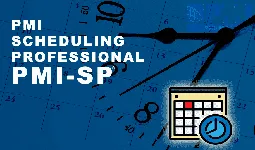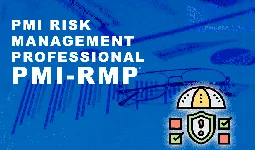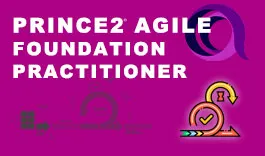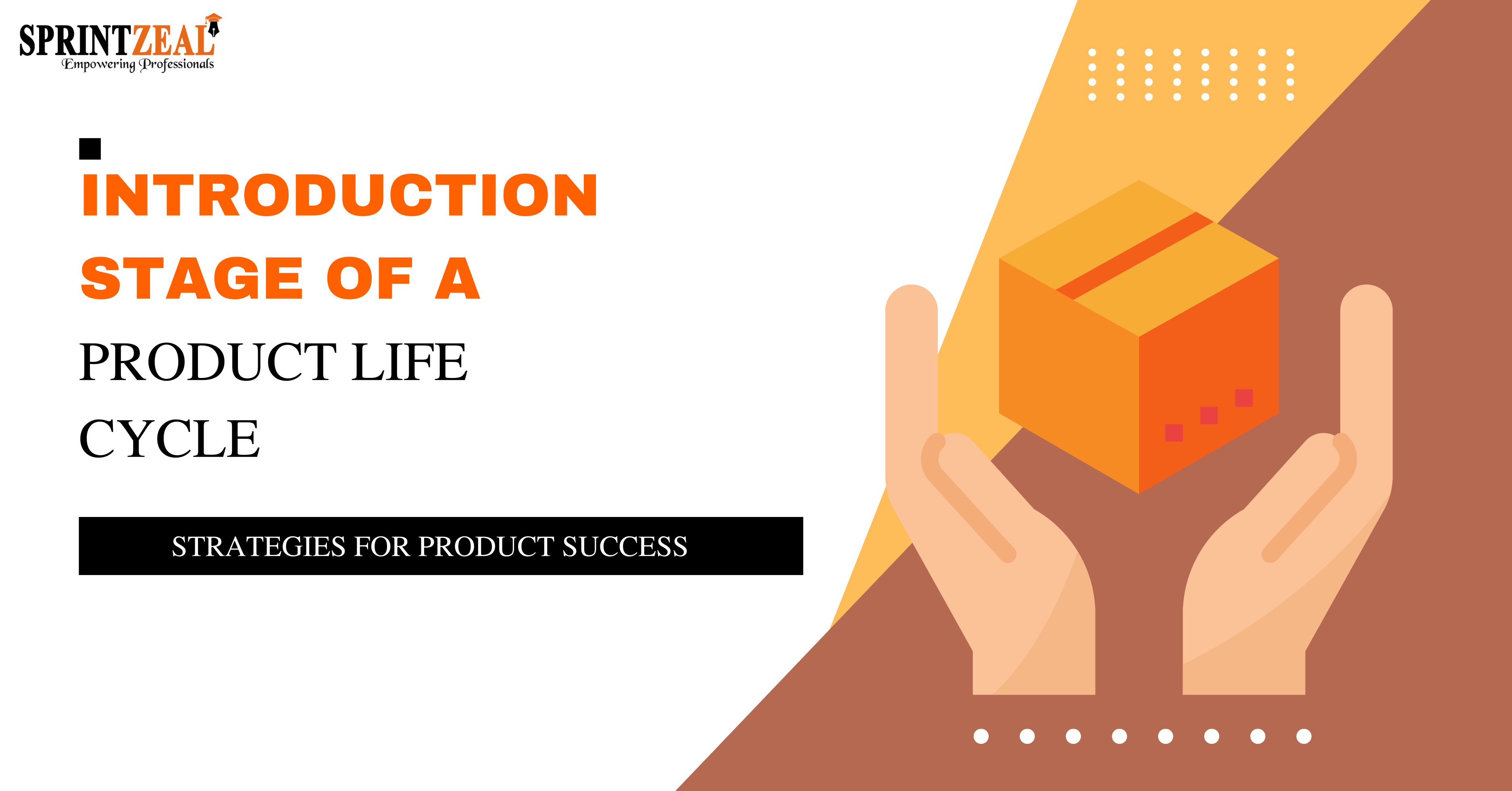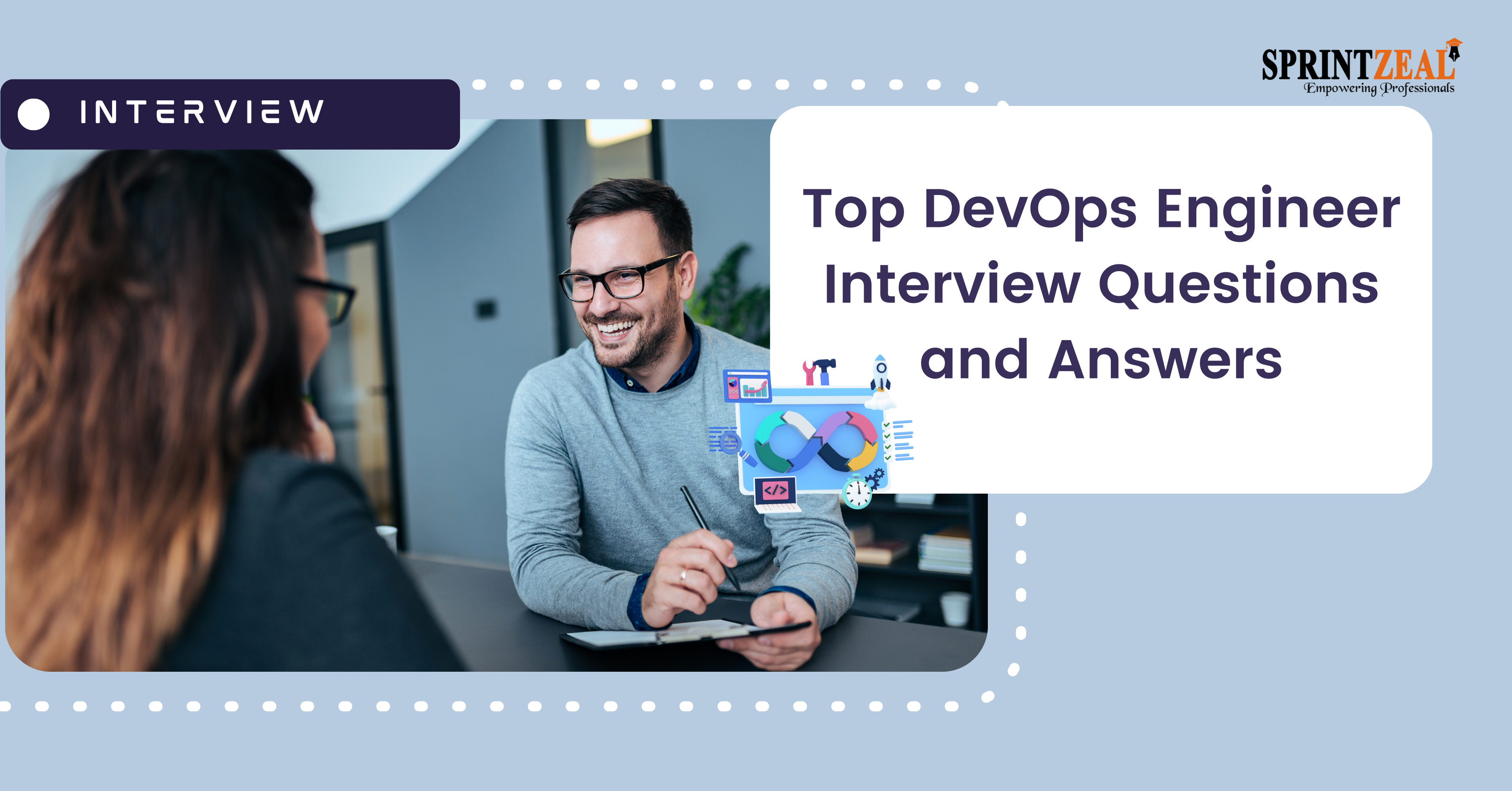Product Life Cycle in Marketing: Essential Strategies for Product’s Success
-
 By Sushmith
By Sushmith - Published on Sep 28 2023

Table of Contents
Product Life Cycle in Marketing
There are Six Stages of Product Life Cycle: Introduction, Growth, Maturity, Saturation, Decline, and Revival. These life cycle stages in marketing represent a distinct phase in a product's existence, helping marketers adapt their strategies accordingly based on the stage the product is at.
The Product Life Cycle (PLC) is a crucial concept in marketing that describes the various stages a product goes through from its inception to eventual decline. It is very beneficial for businesses to understand these stages and implement Product Life Cycle Marketing Strategies to make necessary changes to the product’s life cycle. The PLC marketing strategies drive success and product quality earning customer’s trust and loyalty.
To achieve successive growth in business with the products, we must implement different Marketing strategies at different stages of product life cycle. This is only possible by understanding the product life cycle stages and marketing strategies. Flowing are some PLC marketing strategies to be considered at each PLC stage.
Product Life Cycle Marketing Strategies for Each Stage
The impacts of product life cycle marketing strategies benefit in many ways. With the constant change in the market trends, a dynamic and ever-changing flow is developed. This flow never stays constant with the product life cycle and marketing strategies. Companies implement these transformative features, empowering opportunities, adapting challenges, and unleashing full potential for the competitive success in the market.

Marketing Strategies for Introduction Stage
The introduction stage is the stage that marks the birth of a new product on the market. At this point, the product has low consumer awareness, and the primary goal is to create product awareness and generate initial sales. Key Product life cycle marketing strategies for introduction stage include:
• Extensive Market Research: Conducting thorough market research is the foundation of any successful marketing campaign. Understanding the target audience and their needs, preferences, and pain points is crucial for positioning the product effectively.
• Unique Selling Proposition (USP): In a competitive market, it's essential to communicate the unique features and benefits of the product to differentiate it from competitors. Establishing a clear USP helps create a lasting impression in the minds of consumers.
• Pricing: Setting an appropriate introductory price is critical. A price too high may deter potential customers, while a price too low may devalue the product. Striking the right balance is essential to attract early adopters while covering initial production costs.
• Promotion: Utilize a mix of digital marketing channels, social media platforms, and traditional advertising methods to build brand awareness. Leveraging engaging content, eye-catching visuals and compelling storytelling will help capture the attention of potential customers. Offering promotions, discounts, and limited-time offers will create a sense of urgency and entice early purchases.
Marketing Strategies for Growth Stage
During the growth stage, the product experiences a rapid increase in sales as consumer awareness grows. The focus shifts towards expanding market share and building customer loyalty. Effective Product life cycle marketing strategies for the growth stage include:
• Product Improvement: Continuous innovation and product enhancement based on customer feedback and market trends are crucial to maintaining momentum. Monitoring customer reviews and conducting surveys will provide valuable insights into areas of improvement.
• Market Expansion: Identifying and targeting new market segments and demographics are vital for continued growth. Analyze data to identify untapped potential and explore new geographical regions or niche markets.
• Effective Distribution: Ensuring the product is readily available in various locations and distribution channels are vital to meeting the increasing demand. Collaborating with strategic partners and retailers can help expand the product's reach.
• Branding: Strengthening the brand image is imperative during the growth stage. Consistent messaging and emotionally appealing advertisements that resonate with the target audience will reinforce brand loyalty.
Marketing Strategies for Maturity Stage
The maturity stage is characterized by stable sales and intense competition. Businesses maintain market share and extend the product's lifecycle by implementing effective Product life cycle marketing strategies. Some of the key Life cycle marketing strategies to consider for Maturity Stage include:
• Product Diversification: Introducing variations or product extensions can cater to diverse customer preferences and keep the brand relevant in the market.
• Price Adjustments: Implementing competitive pricing strategies is essential to retain price-sensitive customers and remain competitive against rival offerings.
• Targeted Marketing Campaigns: As the market becomes saturated, targeted marketing campaigns can help sustain customer interest. Leveraging data-driven insights, personalized marketing efforts will resonate better with specific customer segments.
• Customer Loyalty Programs: Fostering customer loyalty through loyalty programs, special offers, and personalized rewards can encourage repeat purchases and strengthen the relationship between the brand and its customers.
Marketing Strategies for Saturation Stage
In the saturation stage, when the market becomes flooded with similar products and sales growth plateaus, businesses can leverage effective product life cycle marketing strategies to combat market saturation and maintain profitability. The Product life cycle strategies beneficial in this stage:
• Product Differentiation: Highlighting unique features and benefits becomes even more critical in a crowded market. Emphasizing what sets the product apart from competitors will attract discerning customers.
• Geographical Expansion: Exploring untapped geographic regions can provide new opportunities for growth. Conducting market research to identify regions with potential demand can lead to new customer acquisitions.
• Innovative Marketing: Using interactive and experiential marketing techniques can rekindle consumer interest. Engaging customers through events, influencer marketing, or user-generated content campaigns can create a buzz around the product.
Marketing Strategies for Decline Stage
As product sales decline, it becomes crucial to manage the decline gracefully and explore new opportunities. Product life cycle marketing strategies can play a pivotal role in navigating the decline stage. Key strategies to consider during this phase include:
• Cost Management: Optimizing production costs and reducing marketing expenses without compromising product quality is essential to maximizing profitability during this stage.
• Focus on Loyal Customers: Concentrating efforts on retaining loyal customers is vital. Offering personalized offerings, exclusive deals, and exceptional customer service can reinforce loyalty and word-of-mouth referrals.
• Product Phase-Out: Gradually phasing out the declining product while transitioning to new product offerings or innovations can help mitigate financial losses.
Marketing Strategies for Revival Stage
In the Revival Stage, a declining product can be revived and rejuvenated through the implementation of properly designed product life cycle marketing strategies. Key strategies that can be used to design or implement during the revival phase include:
• Product Repositioning: Repositioning the product to cater to a different target audience or address new needs can revitalize its market appeal.
• Rebranding: Updating the product's branding and packaging can give it a fresh and modern appeal, attracting the attention of consumers who may have overlooked it before.
• Promotional Campaigns: Launching compelling promotional campaigns to reignite interest and create a buzz in the market is essential. Leveraging social media, influencers and engaging content can lead to renewed excitement.
Impacts of Product Life Cycle Marketing Strategies
The implementation of appropriate marketing strategies at each stage of the Product Life Cycle can significantly impact product's success. Product life cycle in strategic management plays a vital role in guiding businesses to make informed decisions thru the life cycle of products. Some key impacts:

- Increased Profitability: Effective marketing strategies can drive sales and boost profitability throughout the PLC. Proper pricing, cost management, and targeted promotions contribute to improved financial performance.
- Competitive Advantage: Adapting marketing efforts to suit the specific stage of the PLC helps businesses gain a competitive edge over rivals. This agility allows them to respond to market changes faster and outperform competitors.
- Customer Loyalty: Tailoring marketing strategies to customer needs fosters brand loyalty and enhances customer retention. Satisfied customers are more likely to become brand advocates, leading to organic growth through positive word-of-mouth.
- Market Adaptability: An understanding of the PLC enables businesses to anticipate market changes and adapt their strategies accordingly. This adaptability ensures that products remain relevant and appealing to consumers despite market fluctuations.
Conclusion: The Future of Product Life Cycle in Marketing
Implementing product life cycle strategies into product development and management plays a crucial role in driving quality to the business and earning customer trust and loyalty. It's important to recognize that PLC marketing strategies are not a shortcut, but they are the key that leads to quality results.
Product life cycle stages and marketing strategies are the key factors that contribute significantly to driving success in a business. By incorporating these strategies, businesses raise a strong foundation for their products and grow success in subsequent stages of the Product Life Cycle.

Product life cycle in strategic management helps businesses navigate through each stage, making informed decisions and adapting their approach to meet customers' changing needs. Incorporating effective product life cycle stages and strategies enables businesses to identify opportunities for product improvements and anticipate market challenges, ensuring sustained success in the long run.
Deepen your knowledge of strategic marketing and product management with Sprintzeal’s Certified Scrum Product Owner (CSPO®) certification. This training is aligned perfectly with essential concepts that equip you with the knowledge and skills to become an effective product owner.
Sprintzeal is a renowned training organization that offers comprehensive courses in Agile and Scrum methodologies. Take the next step toward enhancing your product management skills and stay ahead in today's competitive business landscape. This certification helps you master the art of maximizing product value and also build the confidence to lead cross-functional teams and drive innovation.
Visit Sprintzeal's website now to explore more courses like Leading SAFe® 5 Agilist, PMI - ACP®, and CSM® - Certified Scrum Master to up skill your potential as a dynamic product owner. Begin your journey as a proficient product leader here, with Sprintzeal by your side.
Don't miss this opportunity to shape your career and excel in the world of product management!
Subscribe to our Newsletters
Popular Programs
PSM® - Professional Scrum Master Certification
Live Virtual Training
- 4 (75 + Ratings)
- 36k + Learners
Trending Posts
Product Life Cycle Model: A Guide to Understanding Your Product's Success
Last updated on Oct 11 2023
Scrum vs Safe – Differences Explained
Last updated on Jul 26 2022
Successful Product Strategies for Introduction Stage of Product Life Cycle
Last updated on Oct 19 2023
DevOps Engineer Interview Questions - Best of 2024
Last updated on Feb 6 2024
Agile Principles Guide
Last updated on Apr 25 2023
Agile Prioritization Techniques Explained
Last updated on May 9 2023
Categories
- Agile Management 54
- AI and Machine Learning 42
- Big Data 53
- Business Management 51
- Cloud Computing 44
- Digital Marketing 56
- Information Security 8
- IT Hardware and Networking 17
- IT Security 103
- IT Service Management 29
- Leadership and Management 1
- Microsoft Program 2
- Other 43
- Programming Language 31
- Project Management 162
- Quality Management 75
- Risk Management 8
- Workplace Skill Building 2
Trending Now
List Of Traits An Effective Agile Scrum Master Must Possess
ArticleDevOps Vs Agile Differences Explained
ArticleDevops Tools Usage, and Benefits of Development Operations & VSTS
ArticleAgile Scrum Methodology - Benefits, Framework and Activities Explained
ArticleGuide to Agile Project Management 2024
Article10 best practices for effective DevOps in 2024
ArticleGuide to Becoming a Certified Scrum Master in 2024
ArticleWhy Should You Consider Getting a Scrum Master Certification?
ArticleCSM vs CSPO: Which Certification is Right for You?
ArticleAgile Manifesto - Principles, Values and Benefits
ArticleAgile Methodology Explained in Detail
ArticleAgile Project Management Explained
ArticleEssential Tools for Agile Project Management 2024
ArticleEverything about Scrum Methodology
ArticleScrum Workflow - A Step by Step Guide
ArticleLatest Agile Interview Questions and Answers To Look For In 2024
ArticleScrum Interview Questions and Answers 2024
ArticleTop Scrum Master Responsibilities 2024 (Updated)
ArticleDevOps Engineer Interview Questions - Best of 2024
ArticleDevOps Engineer - Career path, Job scope, and Certifications
ArticleBusiness Agility Guide - Importance, Benefits and Tips
ArticleScrum vs Safe – Differences Explained
ArticleCSM vs. PSM - Which Scrum Certification is Better?
ArticleSAFe Implementation Roadmap Guide
ArticleAgile Release Plan Guide
ArticleAgile Environment Guide
ArticleAgile Coaching Guide - Best Skills for Agile Coaches
ArticleAgile Principles Guide
ArticleSAFe Certifications List - Best of 2024
ArticleAgile Prioritization Techniques Explained
ArticleScrum Ceremonies Guide
ArticleProduct Owner Certifications List
ArticleScrum of Scrums Guide
ArticleWhat is DevSecOps and its Importance
ArticleData Processing - A Beginner's Guide
ArticleDevOps Career Guide 2024
ArticleStakeholder Engagement Levels Guide
ArticleScrum Master Career Path Explained
ArticleScrum Career Path Explained
ArticleTop Git Interview Questions and Answers [Updated 2024]
ArticleA guide to Agility in cloud computing
ebookProduct Roadmap: An Ultimate Guide to Successful Planning and Implementation
ArticleDMAIC Methodology - The Ultimate Guide
ArticleProduct Life Cycle Strategies: Key to Maximizing Product Efficiency
ArticleScrum Master Salary Trends in 2024
ArticleProduct Life Cycle Model: A Guide to Understanding Your Product's Success
ArticleWhat is a Product Owner - Role, Objectives and Importance Explained
ArticleSuccessful Product Strategies for Introduction Stage of Product Life Cycle
ArticleUnlocking Career Opportunities in Product Management: Your Roadmap to Success
ArticleSaturation Stage of Product Life Cycle: Complete Guide
ArticleCutting-Edge Technology of Google Cloud
ArticleHow to Write an Executive Summary for a Business Plan?
ArticleImportance of Procurement Management Software in Modern Business
Article

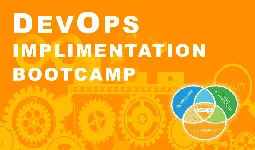
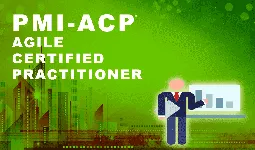
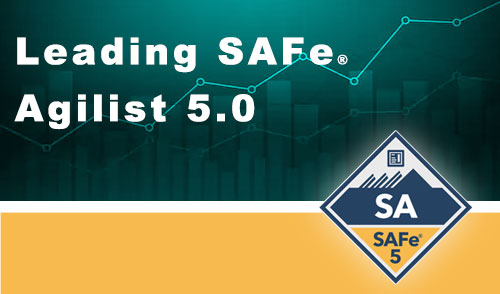
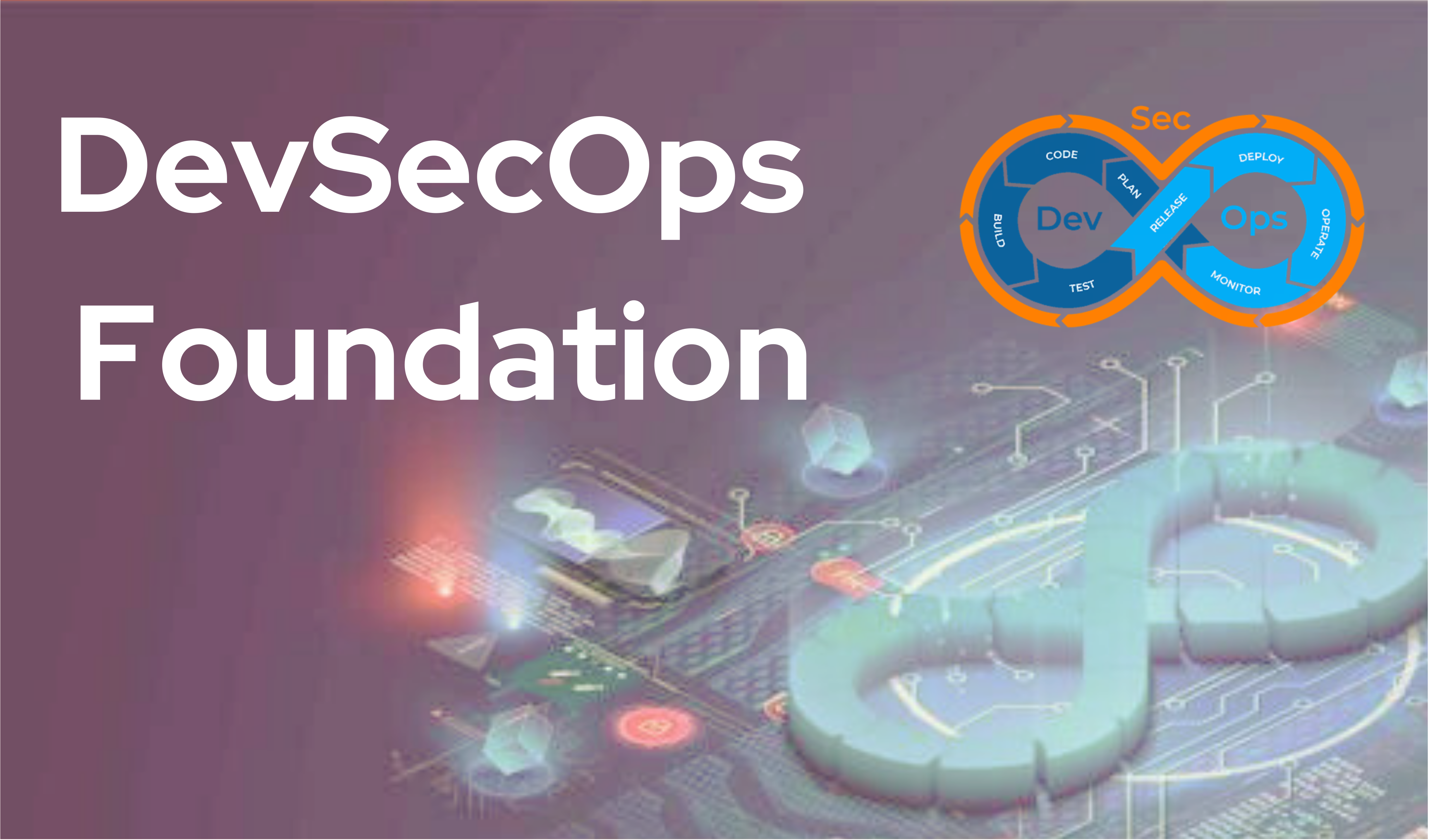

.webp)
